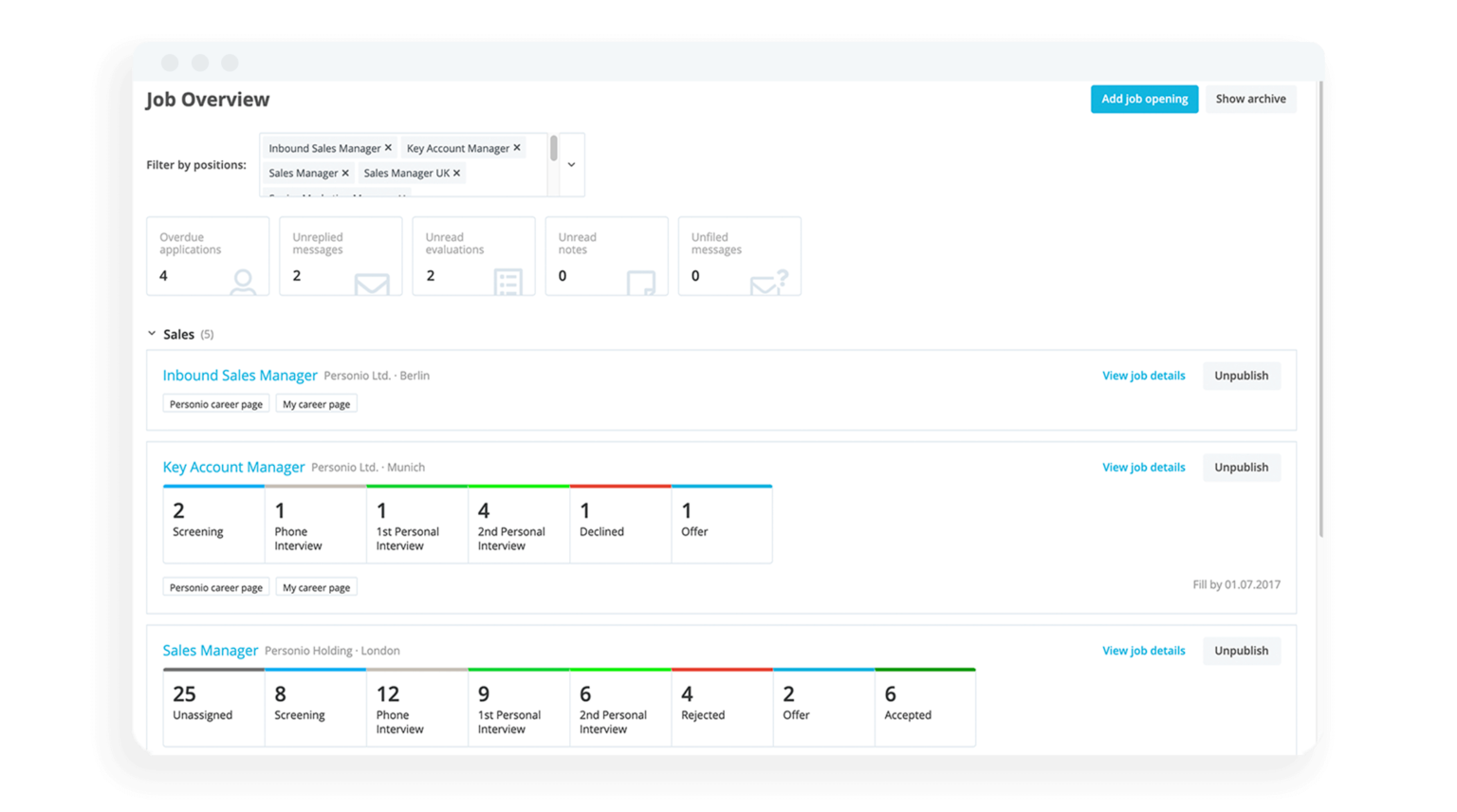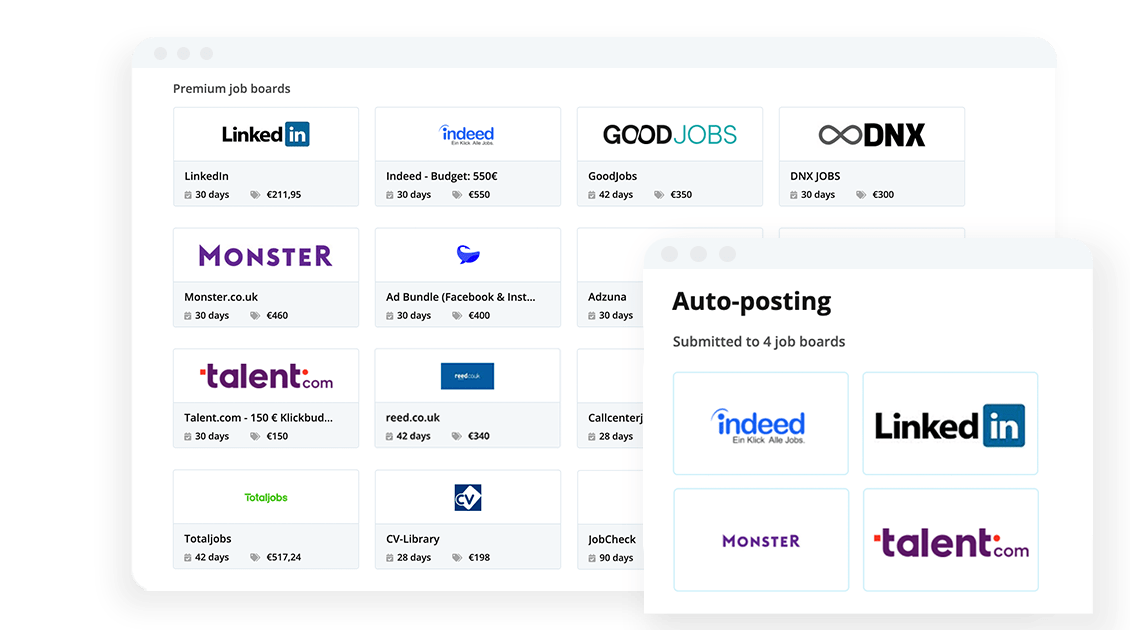How Do You Win the “War for Talent”?
Any time the economic winds shift in favour of workers and businesses start dealing with labour shortages, analysts immediately bring up the “War for Talent”.
But are companies really at war with each other? Or is it just a scare tactic used for click-bait headlines? And if the War for Talent does exist, how can you win it?
Build your very own HR business plan with the help of our template. Download it now.What Is the War for Talent?
The “War for Talent” refers to a recurrent phenomenon where candidates possess more leverage than employers. It boils down to the idea that candidates may be spoiled for choice, and organisations need to compete for top talent.
The phrase itself was originally developed by consultants at McKinsey & Company for one of their quarterly briefings to clients and potential clients in 1998. It was later explored in a book with the same name.
McKinsey painted a picture of a coming shortage of talent, especially at the senior executive level, that would drastically impact corporations and their ability to compete in the market.
The report implored companies to prioritise talent management strategies, from recruitment to development and retention.
Is the War for Talent Real?
Following the original 1998 McKinsey briefing, companies interpreted the War for Talent as meaning they needed to recruit top students from top universities who could be developed into future executives.
However, the early 2000s saw businesses struggle more with hiring qualified candidates for junior positions.
So, what does employee data tell us about the War for Talent in our post-covid economy? In the UK, the number of job vacancies in the first quarter of 2023 was 1.1 million, the ninth consecutive period with a decrease. However, this is still about 300,000 above pre-covid levels.
The US had job vacancies of 9.6 million in March 2023, a vacancy rate of 5.8% that was down one percentage point since December 2022. 3.9 million people quit their jobs in March and 1.8 million were laid off or discharged.
While this paints a picture of employers still struggling to find talent, there is more nuance to the story. Competition remains fierce, but the intensity of the War for Talent might actually differ by industry and other factors.
For example, take a look at the tech industry. High quits combined with booming business led to labour shortages during the pandemic, but widespread layoffs and budget cuts since 2022 have reversed that trend.
Professions that experienced rapid declines in candidate interest since the pandemic like construction, service jobs and manufacturing are seeing high pay growth as companies compete for a dwindling pool of workers. In the US, for example, construction saw a 27% decrease in jobseeker interest, which led to the industry’s largest overall pay rise in 40 years.
There’s no clean-cut answer to the question of whether the War for Talent is real. It probably is, but it isn’t being fought equally, as its relevance depends on industry and other factors. But there’s no doubt HR teams are constantly competing in their drive to find and retain the best candidates.
Create a great candidate experience

Organise applications, plan interviews and quickly evaluate candidates. Manage your entire hiring process with one tool with Personio.
Unlock Smoother HiringHow Can Employers Win the War for Talent?
At its core, “winning” the War for Talent just means recruiting and retaining great employees. Every HR team has its own strategies for talent acquisition and management, but here are a few other creative ideas to set your business apart:
1) Customise Strategies by Job Level
Different levels of employees will be motivated in unique ways and attracted to distinct benefits. For example, C-suite executives are probably looking for different benefits than junior employees or mid-level managers. Do the foundational work to understand what each group wants, and build your benefit strategies around that insight.
2) Consider Flexibility on All Sides
It’s a well-known fact that workers expect more flexibility since the pandemic, whether that be working from home, flexible working hours or something else. But flexible and creative solutions on the employer side can help in the War for Talent as well. For example, consider part-time, freelance, or contract workers to scale up capacity, bring in new skills and capitalise on new opportunities.
3) Prioritise Your Employer Brand
Employer branding is key in the War for Talent, as it helps you position your organisation as the “employer of choice” both among current and potential employees. We offer a full eBook to help you develop your employer brand and use it to improve recruitment and retention.
How Do You Develop a Winning HR Strategy?
Ultimately, the idea of “winning” the War for Talent rests on your organisation’s ability to promote and empower your HR function. After all, a talent management strategy is only as strong as the buy-in it receives from the top to the bottom of any successful organisation.
That in mind, here is our recommendation to you: Consider an all-in-one HR software solution, like Personio, to help upgrade your people operations for now and the future. That way, you can fully realise a more fleshed-out and well-running talent strategy.
Additionally, it can help open up time for what matters: creating more impact and focusing on your people. When all of your HR processes work like a charm, you can focus on other, more progressive efforts that get your teams ahead of your next challenge.

